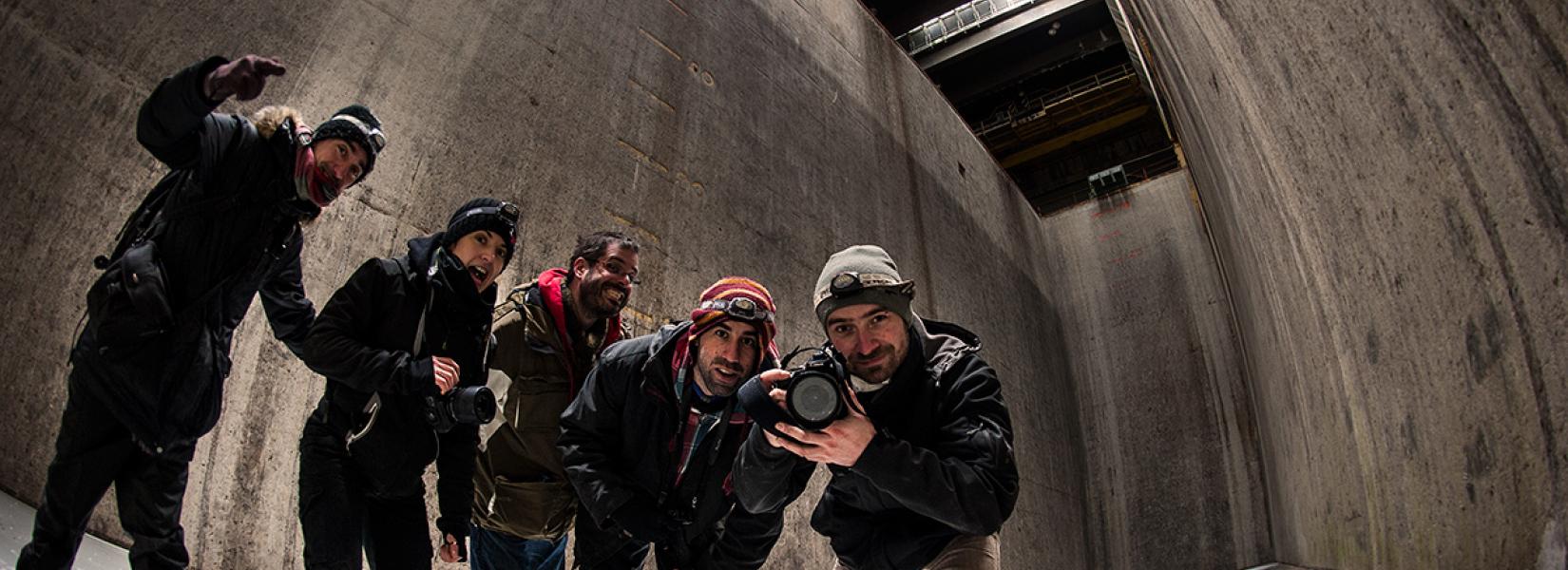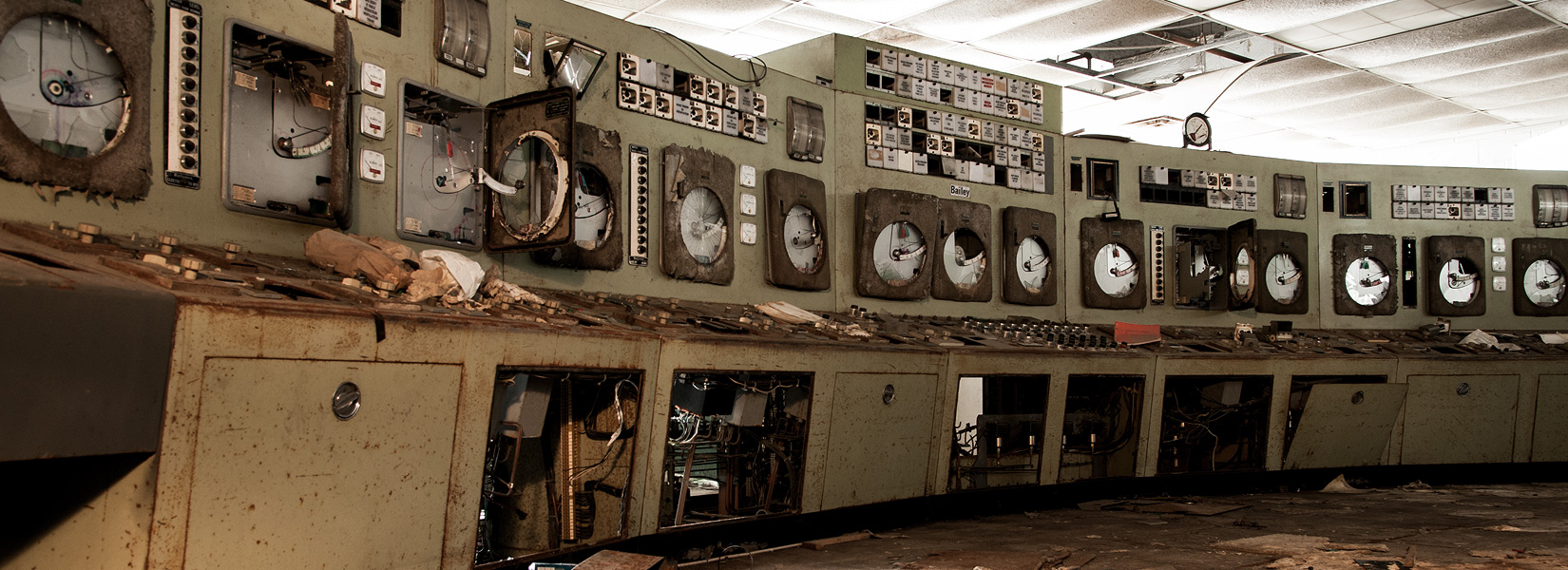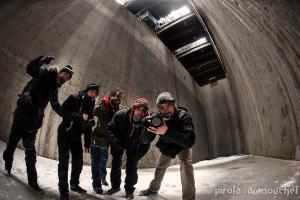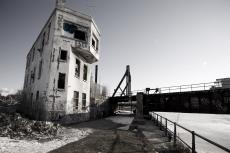Heavily damaged by the time, the old copper mine is closed for several years. While its lower floors are completely flooded with muddy and stagnant water, the ground floor was, meanwhile, weakened by a sedimentary rock ceiling that collapsed in...
The former incinerator des Carrières in Montreal
A pollution plant in the middle of the city
Abandoned since December 1993, the former incinerator des Carrières, known as the incinerator # 3 is now partly used as a warehouse by the City of Montreal. It is also one of the few places where there have power in a portion of the building.
Closed as a result of too high concentrations of dioxins and furans, the history of the incinerator des Carrières begins in 1929 when the city start to build an incinerator near the current building. With its incineration capacity of 300 tons per day, he allowed the city to close the small domestic incinerators, obsolete and dangerous dumps, which took more space and which came from terrible odors.
Despite all this and, not surprisingly, the site is responsible for the deterioration of the air quality in the area. It was therefore decided to build right next to the old incinerator a brand new incinerator: the # 3. Presented in 70s as the most modern incinerator in Canada and even in the United States, the facilities were equipped with systems for heat recovery and pollution control measures. Over the years, it was discovered that, despite its many innovations, the incinerator proved extremely damaging to the health of people living around. Following this, the site was definitively closed in late 1993.
In 2010, an evaluation to demolish the facilities and clean up the soil was estimated at $ 15 million, which resulted in a status quo of the city, refusing to pay such an amount for its demolition.
Despite its closure over twenty years ago, we must admit that the site is still in good shape. Or course, there is three feet of water in the basement, ice here and there and vandalism that has been done over the years, but nevertheless its structure is still ok.
Related content
Built in 1930, the Wellington tower has ceased operations in 2000. Despite the years that have passed and graffiti artists who came to express their art, the structure of the old tower is still ok. When it was in operation, that's where that were...
The history of the Babcock & Wilcox in the Galindo valley began during the First World War when the difficulties of the Compañía de los Caminos de Hierro del Norte de España will result in the sale of the plant to the Babcock & Wilcox...
I was asked to photograph it (legally) by the Trust group thats restoring the island,which was a life long dream of mine.
The history of the island began in 1900 when Francis Bannerman purchased the island. Located in the Hudson River near...



































